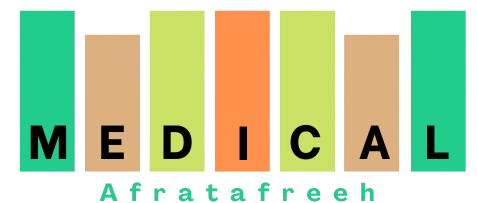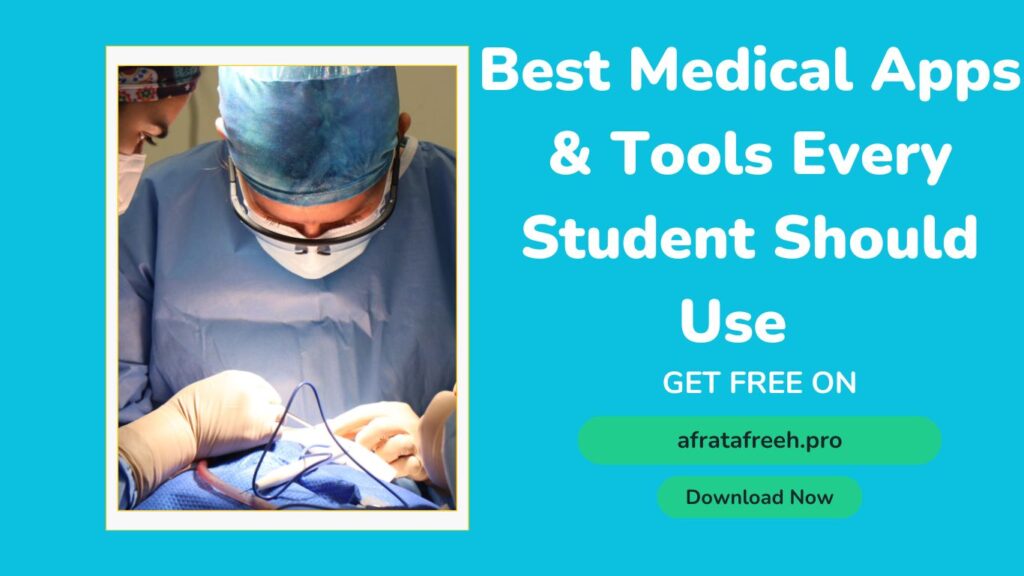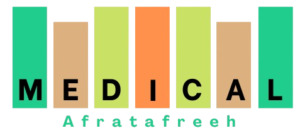Navigating medical school feels like drinking from a firehose — endless facts, clinical correlations, and high-stakes exams. But the right digital tools can turn overwhelm into opportunity. After analyzing recommendations from top medical schools, residency programs, and thousands of students, here’s your evidence-based guide to apps that actually move the needle in knowledge retention, clinical reasoning, and sanity preservation.
Core Study & Knowledge Mastery Tools
For foundational sciences and board prep
Anki
-
- Why essential: Harnesses spaced repetition algorithms to crush forgetting curves. Create custom flashcards or use shared decks (AnKing Deck tagged to First Aid/Sketchy) 59.
- Pro tip: Sync across devices; review during downtime on wards.
- Cost: Free (except iOS: $25) | Platforms: All
Complete Anatomy / Human Anatomy Atlas
-
- 3D dissection mastery: Rotate, layer, and isolate structures with accuracy surpassing textbooks. Includes animations (e.g., blood flow through chambers) and quizzes 1310.
- Key feature: “Augmented Reality Mode” projects systems onto real surfaces.
- Cost: $40–99/year | Platforms: iOS, Android, Windows
SketchyMedical
-
- Visual mnemonics for micro/pharm: Encodes drug mechanisms via memorable stories (e.g., Warfarin as a WAR zone with bleeding tanks) 4.
- Efficacy: 88% of users report higher shelf exam scores (Sketchy internal data).
- Cost: $299/year | Platforms: Web, iOS, Android
UWorld
-
- Gold-standard Qbank: 3,000+ Step/COMLEX-style questions with detailed explanations teaching clinical reasoning 5.
- Strategy: Use in “tutor mode” during preclinical; timed simulations before boards.
- Cost: $499/6 months | Platforms: Web, iOS, Android
AMBOSS
-
- Integrated knowledge/library: Combines Qbank with hyperlinked articles, imaging overlays, and treatment algorithms. Ideal for shelf exam prep 45.
- Bonus: “One-tap” Anki card creation from articles.
- Cost: $199/3 months | Platforms: Web, iOS, Android
Clinical Rotation & Point-of-Care Aids
For diagnostics, treatment decisions, and ward efficiency
UpToDate
-
- Evidence-based disease/med guides: Summarizes guidelines with strength-of-evidence ratings. Institutional access often free via med schools 49.
- Time-saver: “Offline mode” for rural rotations.
MDCalc
-
- 200+ clinical calculators: CHF ejection fraction, MELD-Na, PERC rule. Each includes validation studies and “when to use” guidance 34.
- Cost: Free | Platforms: iOS, Android
VisualDx
-
- Dermatologic diagnostics: Compares rashes across skin tones—critical for avoiding misdiagnosis in melanated patients 34.
- Resident secret: Snap clinical photos (de-identified) for instant DDx.
- Cost: $20/month | Platforms: iOS, Android
Epocrates
-
- Drug lookup & interactions: Check formulary coverage, pill IDs, and med safety during prescribing 29.
- Free tier robust: Includes CME tracking.
- Cost: Free (Premium $175/year) | Platforms: iOS, Android
Prognosis
-
- 600+ case simulations: Diagnose virtual patients across specialties. Receive feedback on diagnostic accuracy 12.
- Cases: “Neonatal Sepsis” or “Takotsubo Cardiomyopathy.”
III. Productivity & Wellness Sustainers
Because burnout is the real enemy
Forest
-
- Focus cultivator: Plant virtual trees during study blocks. Kills trees if you check social media. Partners with real reforestation NGOs 39.
- Cost: $1.99 | Platforms: iOS, Android
Todoist
-
- Task juggling: Color-code rotations, set Step 2 CK deadlines, share call schedules with peers. Syncs with Google Calendar 19.
Brainscape
-
- SMART flashcards: Adjusts intervals based on confidence ratings. Pre-made decks for anatomy, pharm 29.
Balance (Meditation)
-
- Science-backed mindfulness: 10-min sessions reduce cortisol spikes during shelf weeks. Voice-guided by neuroscientists 9.
- Cost: Free first year | Platforms: iOS, Android
Specialized Niche Tools
For targeted skill-building
Geeky Medics
-
- OSCE station prep: Video demonstrations of abdominal exams, suturing, and communication skills (e.g., breaking bad news) 3.
- Cost: Free | Platforms: Web, iOS, Android
Nerve Whiz
-
- Plexus mapping: Touch a muscle to reveal innervation roots. Critical for neurology rotations 1.
- OpenEvidence
- AI-powered literature summaries: Generates USMLE-style questions from latest NEJM studies 4.
Cost-Benefit Comparison: Top 10 Apps
| App | Best For | Cost/Yr | Free Alternative |
| UWorld | Board-style Qs | $499 | Rx Bricks (limited) |
| Complete Anatomy | 3D dissection | $99 | OpenStax Anatomy |
| UpToDate | Clinical decisions | Free* | Medscape |
| Anki | Spaced repetition | $0 (Win/And) | Quizlet |
| Epocrates | Drug safety | $0 | Drugs.com |
| MDCalc | Clinical formulas | $0 | — |
| Forest | Focus | $2 | Focus Keeper (free) |
| Geeky Medics | OSCE practice | $0 | — |
| Prognosis | Diagnostic cases | $0 | — |
| VisualDx | Rash ID | $240 | DermNet NZ (free) |
Free via institutional subscriptions (e.g., NYU Grossman, Johns Hopkins) 410
Implementation Strategy: From Preclinical to Residency
“Don’t collect apps—curate a workflow.” — Dr. Lena K., Med Ed Specialist 10
- Year 1–2: Anki + Complete Anatomy for foundational sciences; Sketchy for micro/pharm.
- Clinical Rotations: UpToDate + MDCalc on wards; Prognosis for case simulations post-call.
- Step 2 CK/3: UWorld + AMBOSS Qbanks; Epocrates for drug checks.
- Always: Forest for focus; Balance for resilience.
Avoid These Digital Pitfalls:
- ✘ Tool-hopping: Master 2–3 apps deeply vs. skimming 10.
- ✘ Ignoring institutional access: Your library likely pays for UpToDate, ClinicalKey, or AccessMedicine.
- ✘ Forgetting analog backups: Paper notes still boost retention for 70% of learners (AAMC 2024).


